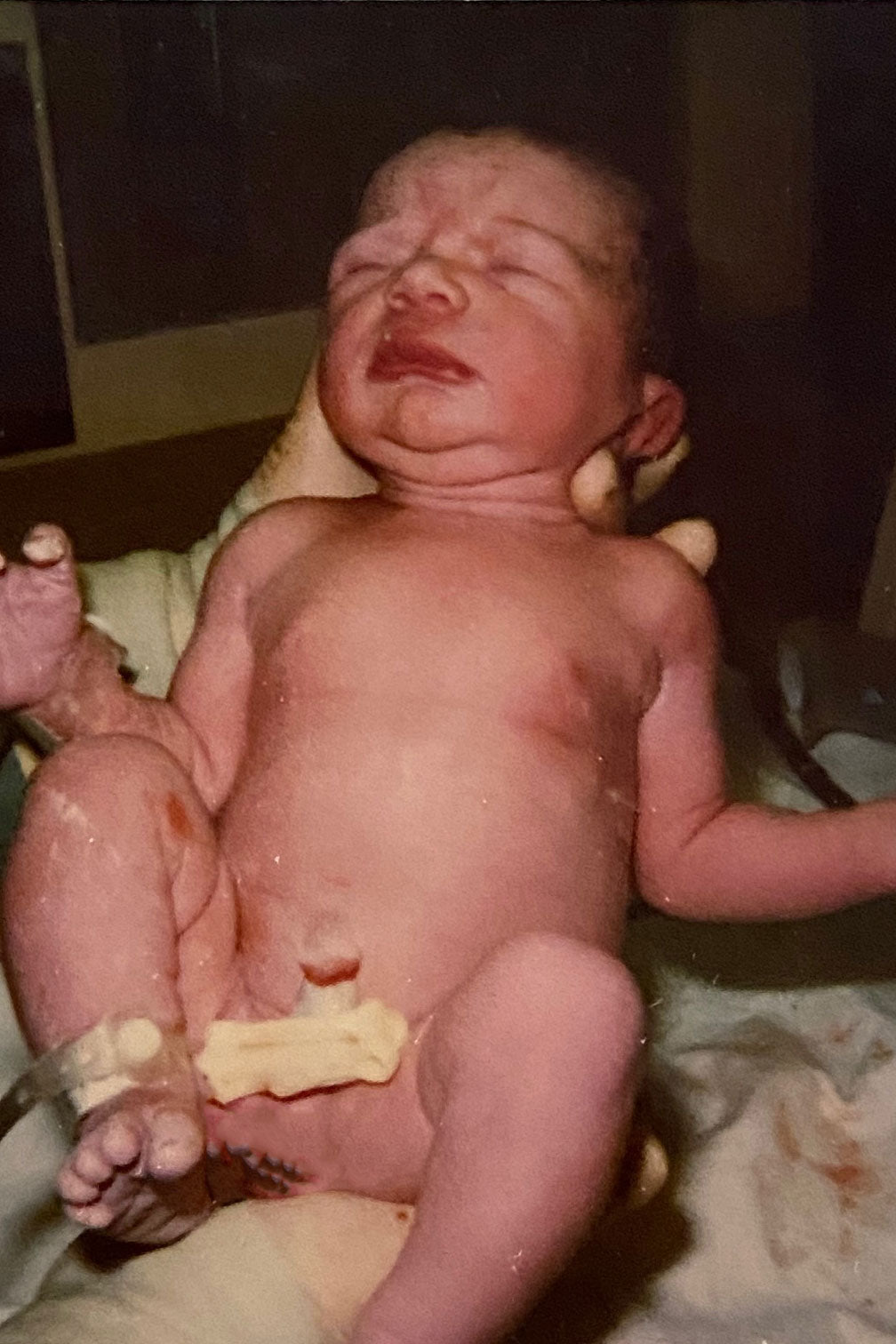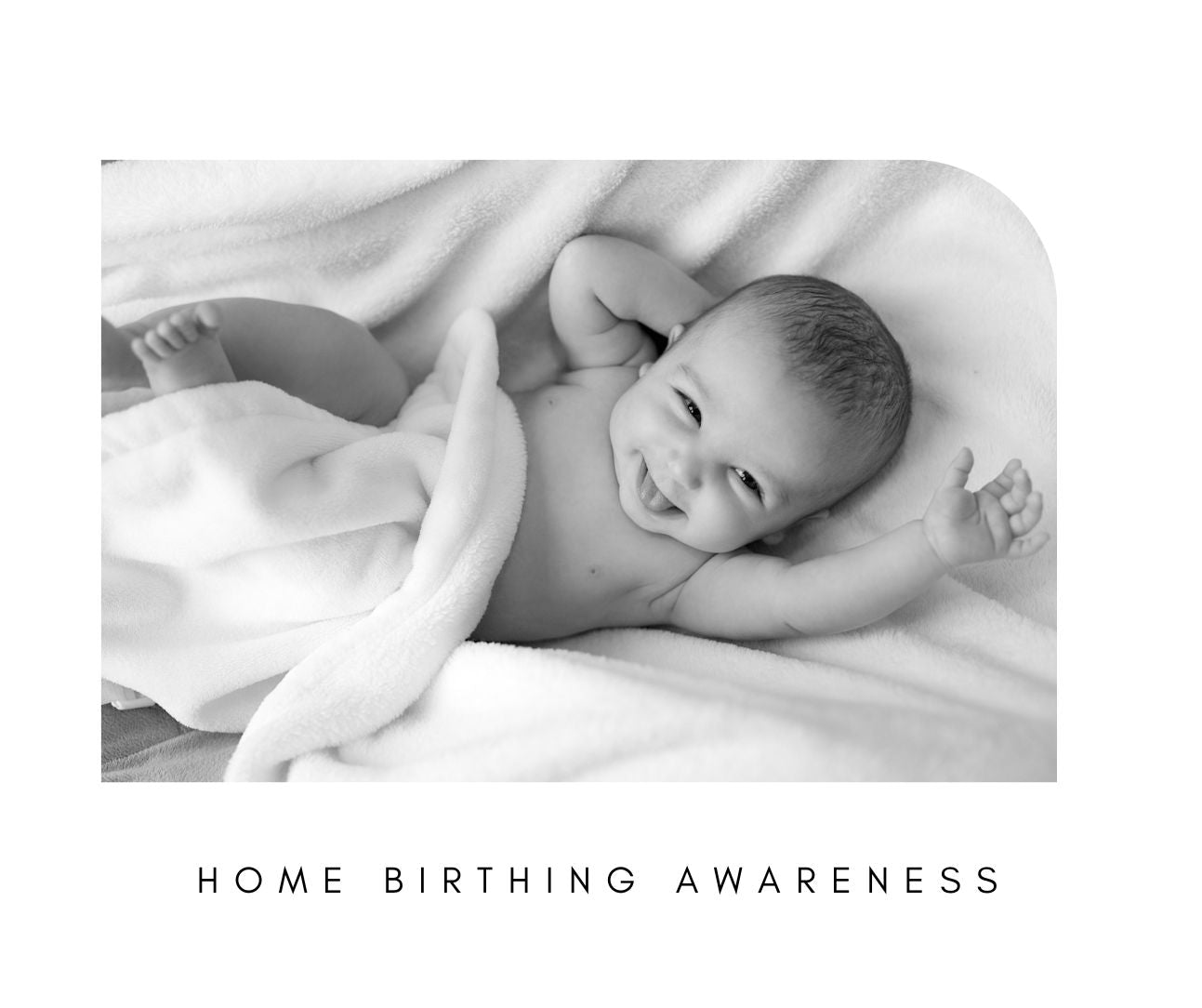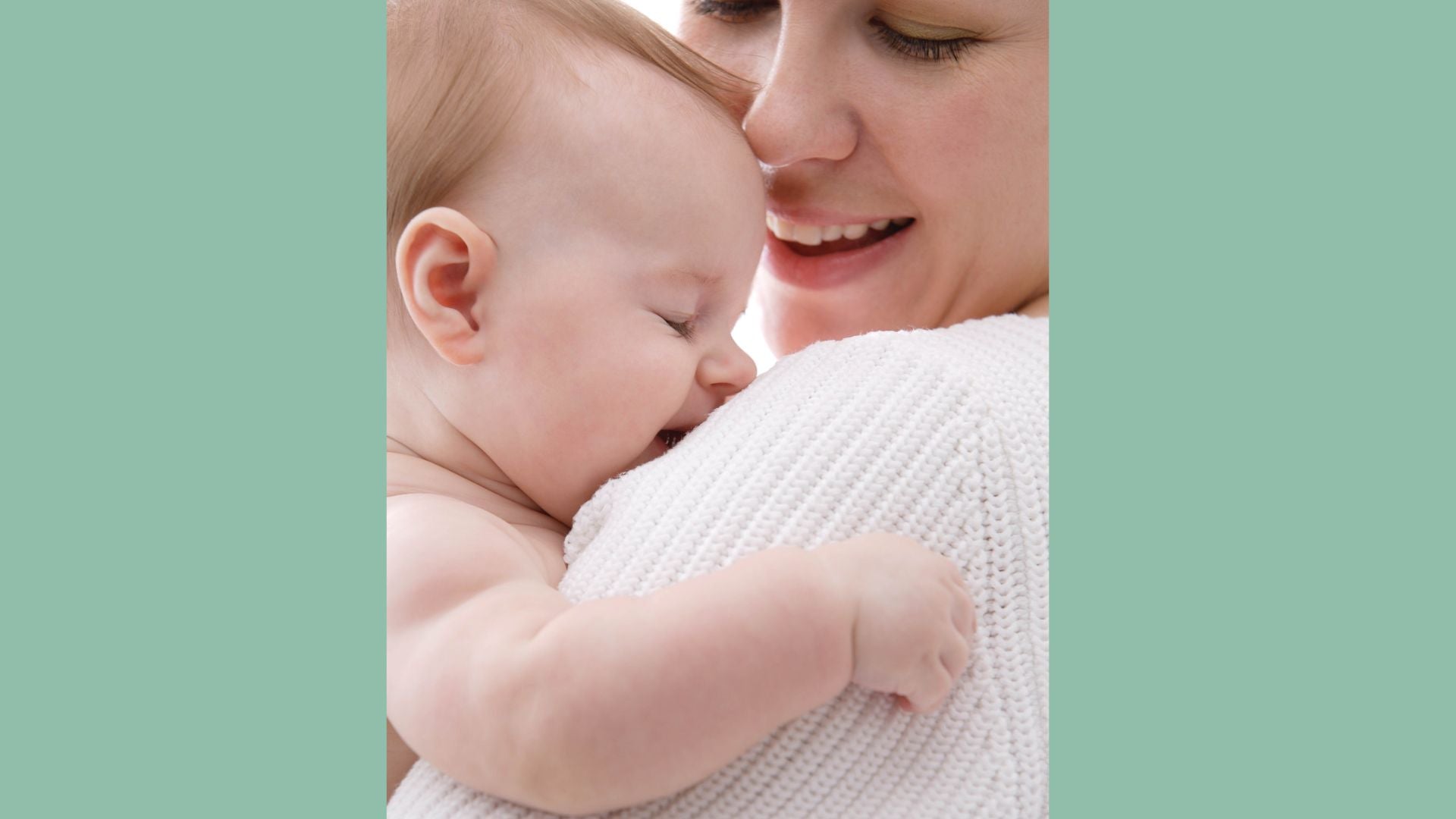Umbilical Cord Care for Newborns

Umbilical Cord Care for Newborns
Congratulations on your new arrival! As you navigate the world of parenthood, one important aspect to keep in mind is proper umbilical cord care for your newborn. The umbilical cord is a vital connection between the mother and baby during pregnancy, but once the baby is born it serves no purpose and must be cared for until it falls off naturally.
Understanding the Umbilical Cord
The umbilical cord is the lifeline that provides oxygen and nutrients to your growing baby during pregnancy. It is made up of three blood vessels - two arteries and one vein - surrounded by a gelatinous substance called Wharton's jelly. This structure helps protect the cord and maintain its shape.
Common Concerns and Questions About Umbilical Cord Care
Many new parents have concerns about how to properly care for their newborn's umbilical cord. You might wonder: "How often should I clean it?", "What should I do if it becomes wet or soiled?", and "What signs of infection should I look out for?". These are all valid questions, and understanding the answers is key to ensuring your baby's umbilical cord heals properly. It's also completely normal to ask "When will the umbilical cord fall off?". Typically, the cord dries up and falls off on its own within one to two weeks after birth, but every baby is unique. Remember, it's always best to consult your healthcare provider with any umbilical cord concerns to ensure your newborn's health and safety.
Delayed Umbilical Cord Clamping: The Benefits
While most discussions around umbilical cord care focus on after birth, there's an important decision to be made at the time of birth itself: when to clamp and cut the cord. Delayed umbilical cord clamping, which means waiting at least one to three minutes after birth before cutting the cord, is an option with significant benefits.
This delay allows more blood to transfer from the placenta to the baby, sometimes increasing the newborn's blood volume by up to a third. This additional blood can provide extra iron, decreasing the risk of iron deficiency during the first year of life, a condition that could potentially impact a child’s cognitive, motor, and behavioural development. Moreover, delayed clamping can improve circulatory stability, enhance red blood cell volume and reduce the need for blood transfusion. It may also have a beneficial effect on the development of the infant gut microbiome. As with any healthcare decision, it's important to discuss this option with your medical provider and consider it in the context of your specific situation and your newborn's health.
Caring for the Umbilical Cord Stump
After your baby is born, the umbilical cord will be clamped and cut. The remaining stump should be kept clean and dry to prevent infection. Here are some ways to care for it:
- Keep the area dry: During diaper changes, gently wipe around the umbilical stump with a clean, damp cloth and then pat dry. Avoid covering the stump with a diaper to promote air circulation and aid in drying.
- Keep it clean: It's important to keep the area around the umbilical stump clean to prevent infection. However, do not use rubbing alcohol or hydrogen peroxide as these can actually slow down the healing process.
- Let it fall off naturally: The umbilical stump will typically fall off on its own within 1-3 weeks after birth. Do not try to remove it or force it off as this can cause bleeding and increase the risk of infection.
Signs of Infection
While some redness and slight bleeding may occur around the umbilical stump, there are certain signs that may indicate an infection. Contact your doctor if you notice:
- Foul odour coming from the stump
- Pus or oozing of yellowish fluid
- Redness and warmth around the stump that continues to spread
- Fever in your newborn
Tips for Preventing Infection
Preventing infection of the umbilical cord stump is a crucial part of newborn care. Implementing the following tips can help safeguard your baby's health:
- Wash your hands: Always make sure to wash your hands thoroughly before and after touching the umbilical stump. This simple act can significantly reduce the risk of introducing harmful bacteria.
- Avoid unnecessary handling: Try to minimize touching the umbilical area unless it's necessary, such as during bath or diaper change. The less the area is disturbed, the lower the chance for infection.
- Use clean materials: If you're using a cloth or swab to clean around the stump, ensure it's clean and has been thoroughly dried. Damp materials can breed bacteria and cause infection.
- Monitor the stump: Keep a close eye on the stump and the skin around it. If you notice any unusual changes or signs of infection, contact your healthcare provider immediately.
- Delay the baby's first bath: It's recommended to wait until the umbilical cord stump has fallen off before giving your baby their first full bath. Sponge baths are advisable during this period to keep the stump dry.
Remember, while these tips can help prevent infection, always seek medical advice if you're unsure about something. It's better to ask and be sure, rather than risk your newborn's health.
Umbilical Cord Banking: An Overview
Umbilical cord banking, also known as cord blood banking, is a process that collects and stores stem cells from a newborn's umbilical cord immediately after birth. These stem cells are potent and versatile, with the potential to develop into many different cell types in the body, making them a valuable resource for treating a variety of health conditions, such as leukaemia, lymphoma, and anaemia.
The process of cord blood banking involves three main steps:
- Collection: Immediately after the delivery of the baby, the umbilical cord is clamped and cut as usual. The remaining blood in the cord, which is rich in stem cells, is collected either through a syringe (syringe method) or drained into a collection bag (bag method).
- Processing: The collected cord blood is then sent to a cord blood bank. Here, it undergoes processing to separate the stem cells from the rest of the blood components. The sample is also tested for any infectious diseases.
- Storage: After processing, the stem cells are preserved by cryopreservation. They're frozen in a state where they can be stored long-term, ready to be thawed and used if needed in the future.
Opting for umbilical cord banking can provide a potentially life-saving resource for your child or a family member. However, it's essential to discuss this choice with healthcare professionals to understand the benefits, risks, and costs involved.
Special Considerations for Premature Babies
If your baby is born prematurely, their umbilical cord may be smaller and thinner than a full-term baby's. In this case, the stump may take longer to fall off and may require extra care. Talk to your doctor about specific instructions for caring for your premature baby's umbilical cord.
Final Thoughts
The umbilical cord is a crucial part of the prenatal development process and plays an important role in providing oxygen and nutrients to your growing baby. Once your little one is born, the umbilical cord becomes a reminder of the special bond between you and your newborn. By following these simple steps for umbilical cord care, you can ensure that this precious connection remains clean and healthy for both you and your baby. Remember to always consult with your doctor if you have any concerns or notice any signs of infection. With proper care, the umbilical cord will eventually fall off and your baby's belly button will become a symbol of their entrance into the world. Enjoy this special time with your newborn as you watch them grow and develop into their own unique self! So, cherish every moment and celebrate this incredible journey of parenthood. Happy parenting!
Congratulations on becoming a parent!
~ jinki @ jinki.com




